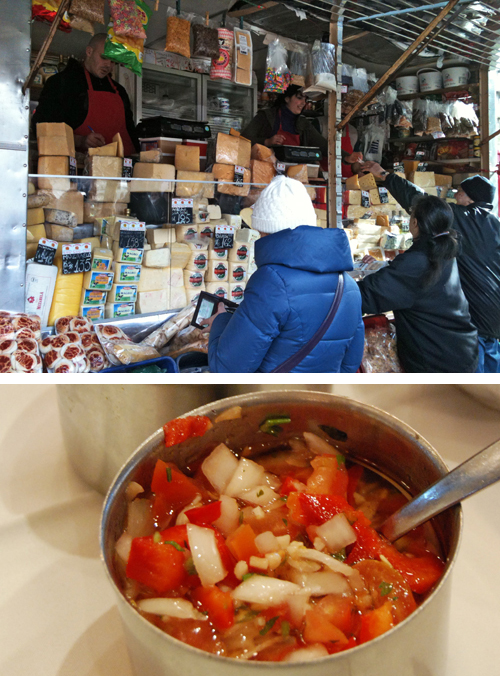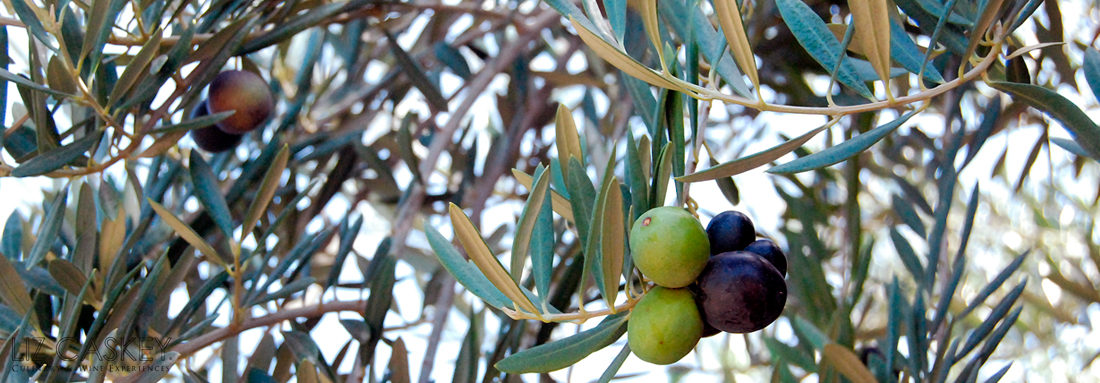Let´s continue where we left off yesterday, moving deeper into Montevideo culture, because who doesn´t love killer architecture, delicious food (hello medialuna!) and beach heaven?
Parque Rodo and Punta Carretas
Parque Rodo refers to the neighborhood and the park that occupies much of the surrounding area. The name honors a prolific Uruguayan writer, Jose Enrique Rodo, and his statue rests at the South side of the park. The space is sprawling and lovely – the Central Park of Montevideo. Under the leafy, green trees you will find an artificial lake with lazy paddle boaters, numerous places to eat and drink, and child friendly zones. The park also sports a vintage amusement park complete with everything from a Ferris wheel to rollercoasters and bumper cars. The popular Sunday market boasts nearly 900 vendors selling everything from antiques, to fresh vegetables, to used clothing. On a sunny day, pack a picnic and enjoy the sun and views of the river on the grass. Here, elegant apartments line the grassy spaces with tall trees and flowers. It is an oasis only a few minutes from the downtown.
South of the park to the water´s edge, jutting out into the Río de la Plata, is a massive rocky formation known as Punta Carretas. The famous Punta Carretas lighthouse, built in 1876, is located on the jetty and plays an instrumental role in the navigation of ships going into port here, as well as other nearby ports in Montevideo like the port at Buceo. One of the most posh and expensive areas in Montevideo, you’ll find luxury apartments and converted mansions alongside fashion boutiques, top restaurants and parrillas like Francis (seafood), classic bars such as Tabaré, and the famous Punta Carreta Shopping, the mall, which oddly enough, used to be a jail. If you have to pick a nice area to base from hotel-wise, I recommend here at places like the Sheraton Montevideo or Regency El Golf.

Buceo & Pocitos
Buceo, the small curve of coast and interior that sports a stunning beach, is the up and coming barrio in Montevideo. Buceo literally means “diving,” a fitting name for the once small cove that was home only to lowly fishermen and local lavanderas, cleaning women. The name Buceo was coined after a large shipwreck off the coast when the cargo was saved by the local diving team.
The area is anything but modest and lowly now. Building development has been steadily growing in the past years. Here is the World Trade Center, a business-cum-gastronomic hub with world-class restaurants like Gardenia. In this restaurant, a Spanish & Brazilian chef, husband-wife team pump out some of Montevideo’s most original, fine cuisine with killer views and wine list. Want to sail? There’s a private Yacht Club here, where you can lunch with their daily menu overlooking the pretty marina. Elite schools dominate this area making Buceo a popular option for families living in Montevideo. Despite its suburban resurrection, Montevideo is never forgetful of its colonial history. The aptly named British Cemetary, founded in 1828, is located in Buceo, originally a Protestant cemetery where many 19th century colonizers were buried.
Just next door along the curving coastal highway, is another one of Montevideo’s most pleasant, delightful residential neighborhoods: Pocitos. Pocitos literally translated means “little holes”. The Rambla cuts right along the sand forming a sort of boardwalk along the beach. Here upscale apartments have majestic views of the River with tall apartment buildings. Wander deeper into its streets to discover the charm of Uruguay. Take a walk and dodge couples strolling, dogs walking and barking (watch out for dog droppings!), and kids running with ice cream. Hungry? Just follow the sweet, yeasty smell of fresh medialunas, local-style croissants or nosh on a piece of spinach-laden pie known as pascualina. Kick back at any café on the corner to recharge your batteries with a strong, Italian-style espresso, many with water views. On Wednesday’s and Saturdays, shop at the Feria Villa Biarritz, where farmers from the surrounding countryside hawk their fresh vegetables. Stop at the cheese wagon to savor some of the glorious Swiss, gouda, and provolone cheeses from the Colonia province. Or sink your teeth into a pancho, hot dog, with the works. In the warmer months, take your mate and a book to the pristine beach where montevideanos will be engaging in all sorts of activity: soccer, volleyball, or sun worshipping.

Carrasco
Further to the east, Carrasco resembles many high-end suburbs in the United States. Located just far enough away from the center, this fashionable neighborhood has a long beach promenade where joggers and bikers head out to exercise, wide shady streets, large affluent homes, and many upscale restaurants and shops. It is one of the most luxurious areas in Montevideo with many closed communities and schools.
Named after one of the first settlers in Montevideo, Salvador Sebastian Carrasco, he donated some of his land for development. Though the city eventually grew beyond his land (in fact, it grew a larger amount than anyone at the time predicted) but the name remains in his honor. The famous Hotel Carrasco, built in 1912 by French architect Charles Thays, was once a lavish resort for the elite. Located in this barrio, the Hotel is supposedly undergoing a major renovation to regain its status as a landmark 5-star. Its two unmistakable domes are often photographed as the symbol of Carrasco.
Take a walk through any of these neighborhoods, and lose yourself in Montevideo!













